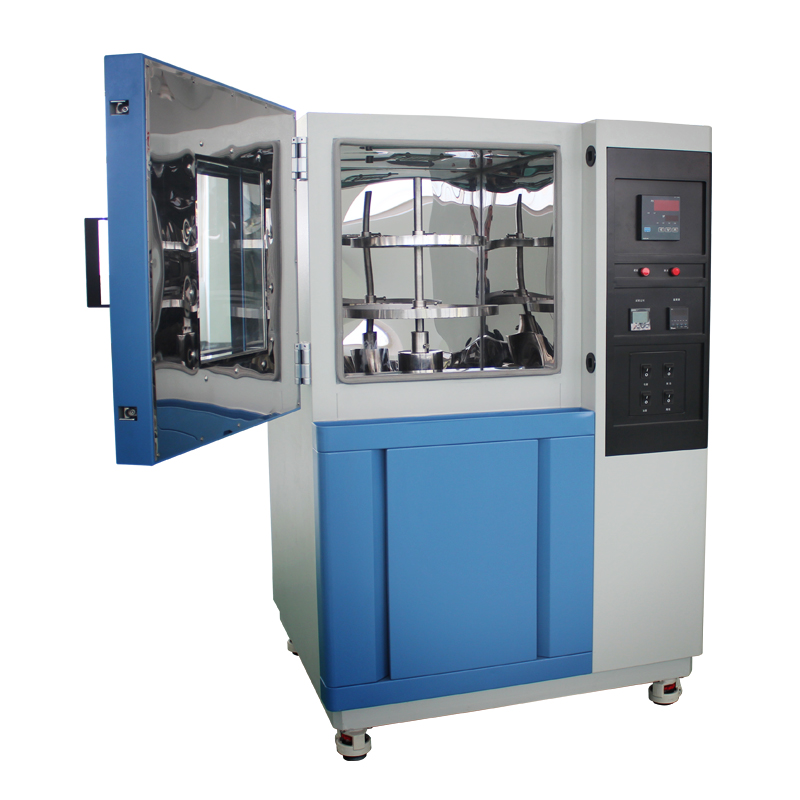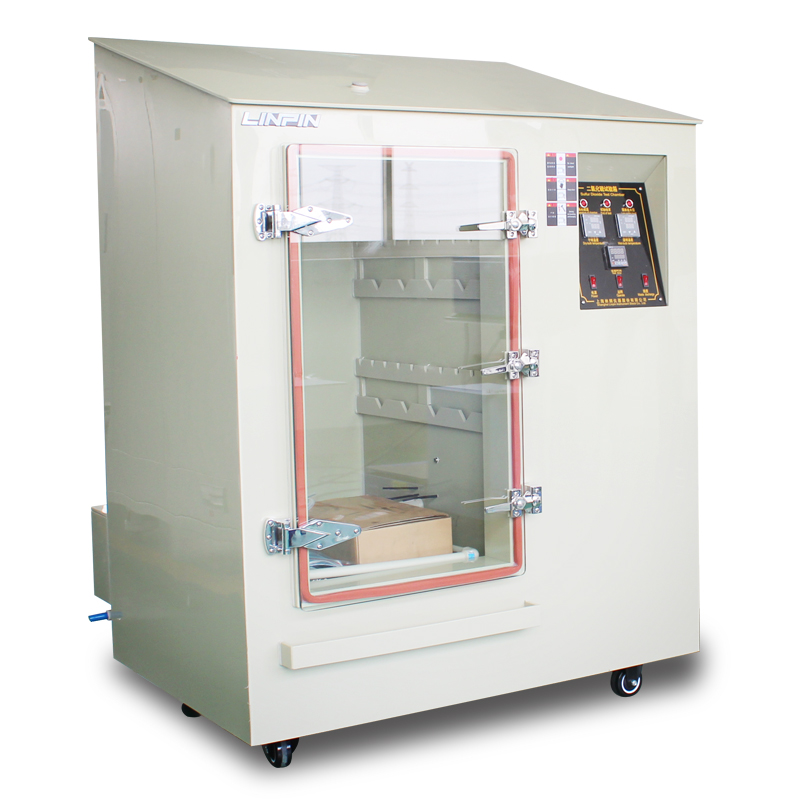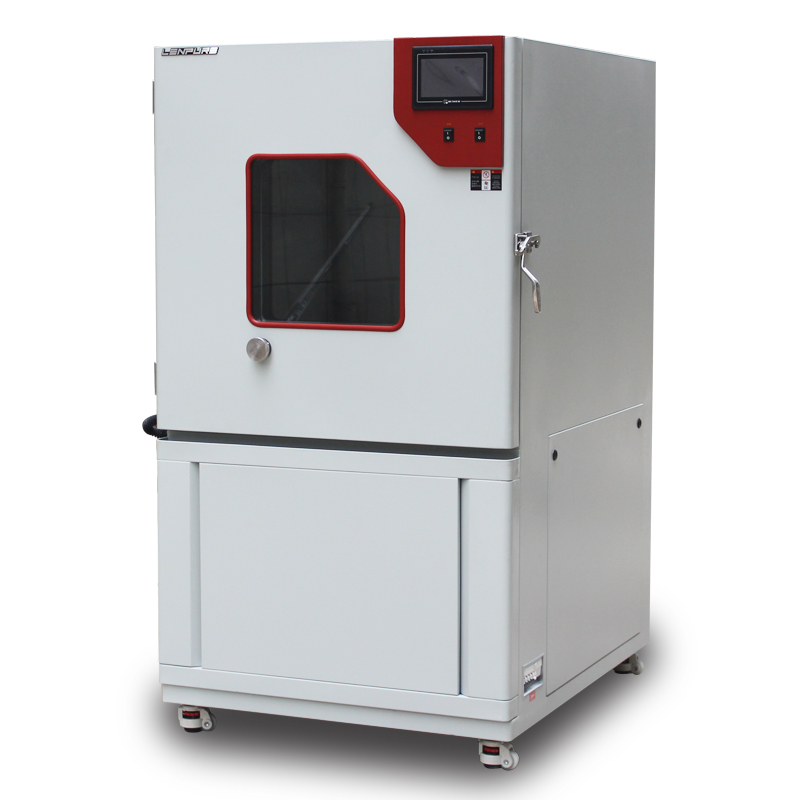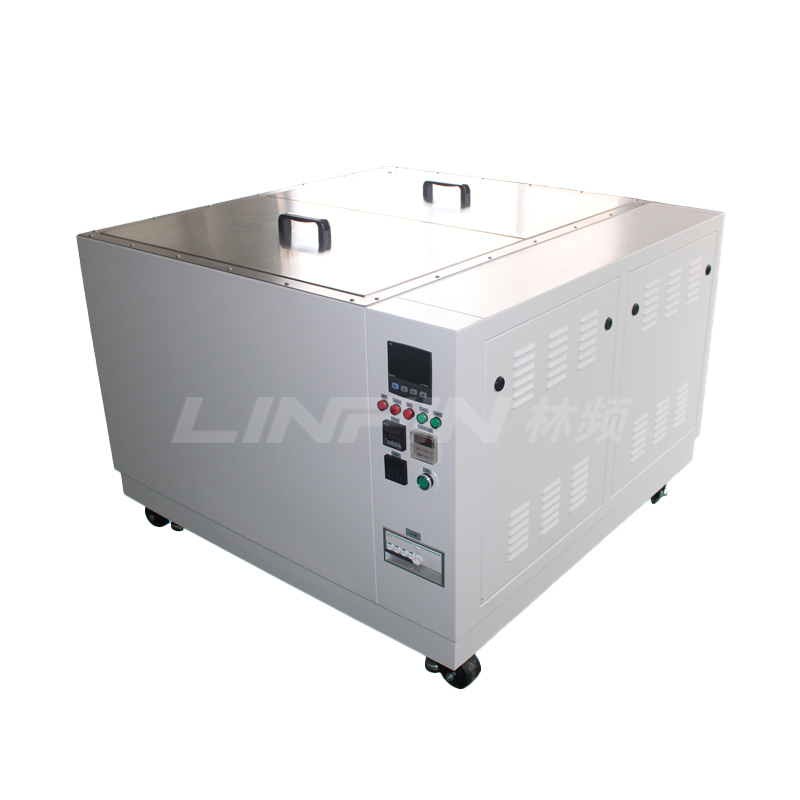Technical Parameters and Applications of Rust-Preventive Oil Humidity and Heat Test Chamber
Author:LINPIN Update Time:2025-04-12 Source:LINPINThe Rust-Preventive Oil Humidity and Heat Test Chamber is a device that simulates a humid environment. It is used in laboratories of industries such as petroleum and chemical engineering, as well as in scientific research institutions. The purpose of this test chamber is to conduct tests on test samples to determine the effectiveness of oils in rust prevention.
Although the Rust-Preventive Oil Humidity and Heat Test Chamber is not very common, everyone should be familiar with petroleum. Thanks to this device, the rust prevention effect in the petroleum and related oil industries has significantly improved. Next, I will introduce the important technical parameters and application scenarios of the equipment:

-
Model (CM): LRHS-110-RFX, LRHS-228-RFX, LRHS-400-RFX
-
Chamber Dimensions: 45×45×55 cm, 58×58×68 cm, 68×68×80 cm
-
External Dimensions: 69×64×127 cm, 82×77×140 cm, 92×87×152 cm
-
Power: 2.5 kW, 3.5 kW, 4.5 kW
-
Temperature Range: RT+5℃ to 65℃
-
Temperature Uniformity: ±2.0℃
-
Temperature Fluctuation: ±0.5℃
-
Humidity Range: ≥95% RH
-
Sample Rack Rotation Speed: 1–3 r/min ±10%
-
Air Inflow Rate: 0.5 m³/h (adjustable within the range of 0.1–1 m³/h)
-
Water Depth at the Bottom: 200 mm
The Rust-Preventive Oil Humidity and Heat Test Chamber also plays a significant role in the shipping industry. Just think about it: ships are constantly immersed in seawater, which is salty. Ships are mostly made of iron, so wouldn't the seawater cause rusting? However, by applying a layer of rust-preventive oil on the surface of the ship, we can achieve a win-win situation. On one hand, the ship will look more aesthetically pleasing, and on the other hand, it will be protected from rust.





